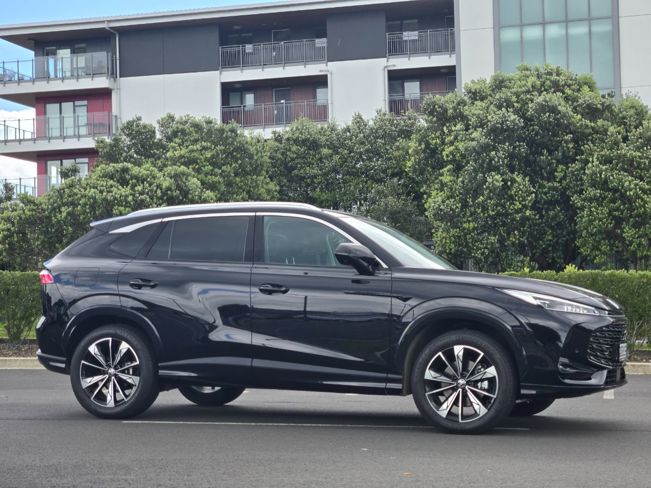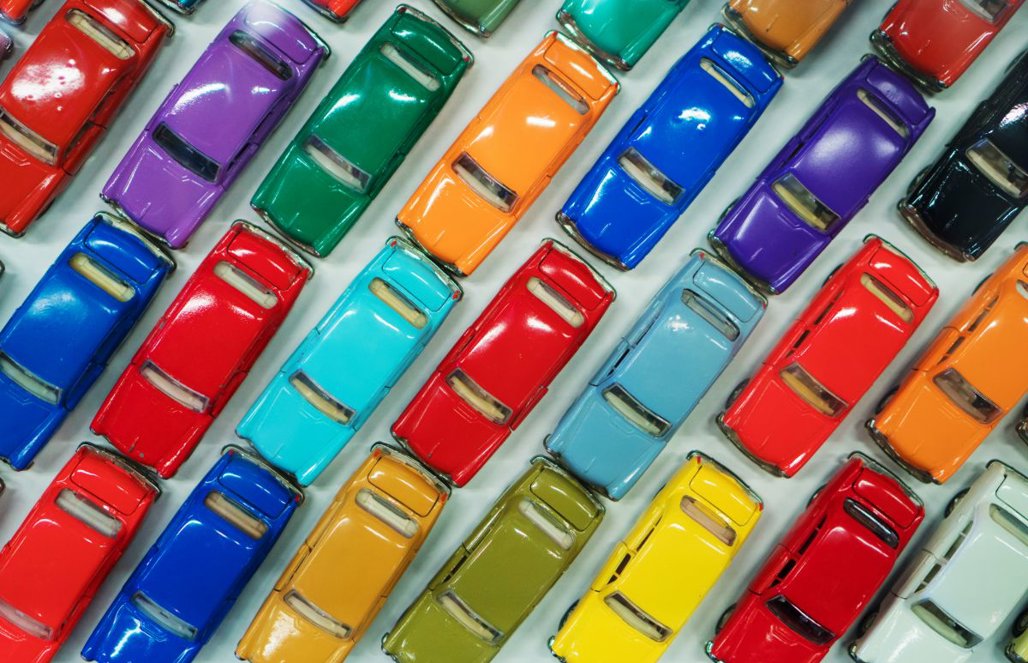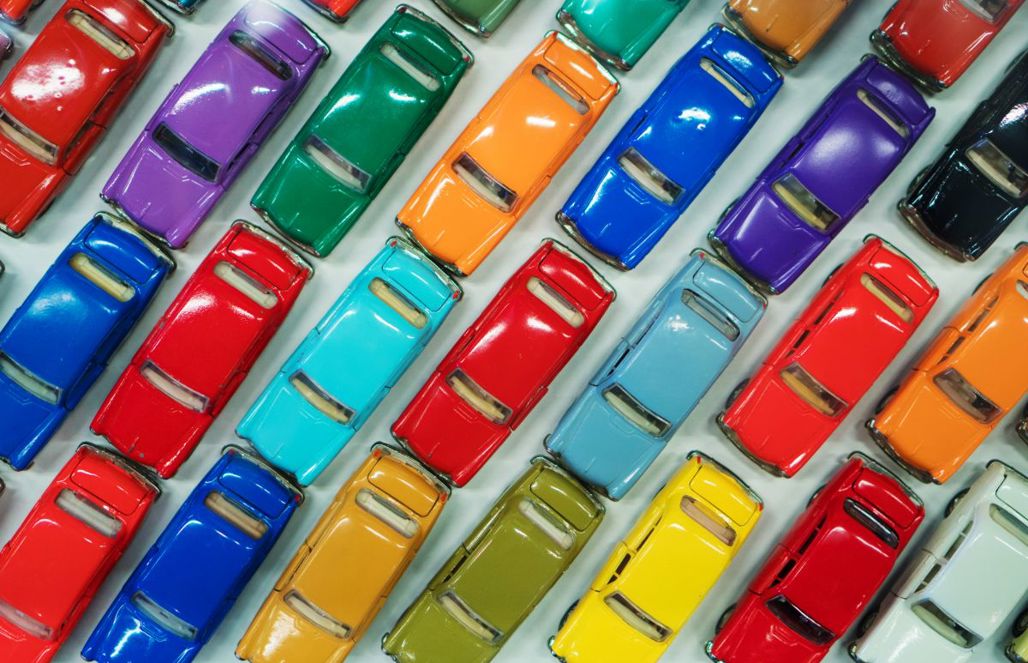The results are in from BASF Coating's annual "Automotive Color Report", which analyses colour trends around the world to help the car industry "meet consumer preferences with precision".

The chemicals giant (yes, the same parent company made cassette tapes until the 1990s) undertakes detailed analysis of which colours car buyers are choosing globally, as well as breaking it down for specific regions: Asia Pacific (of which New Zealand is a part), Europe/Middle East/Africa (EMEA) and the Americas.
"The [global] automotive colour landscape is undergoing significant changes," says the report, "with a global decline in the popularity of white and silver, although white remains the top choice among consumers".
The most popular car colours in Asia Pacific (including NZ)
Achromatic colours are the choice of 83% of consumers, which will not surprise Kiwi car owners: we love black, which has actually gained 2 percentage points year-on-year to account for 24% of all cars sold across Asia Pacific.

White remains the most popular at 38%, but that's down 2 points.
It's quite a way back to gray at 15%, although BASF notes that globally, it's "proving to be one of the most versatile and captivating colours in automotive design", thanks to the variety of shades possible.

But the big movers in Asia Pacific are chromatic colours, with yellow doubling its market share to 1%, especially in softer/pastel tones.
According to BASF, these tones "resonate with themes of AI/human harmony and sustainability, especially in electric vehicle design".
ASIA PACIFIC'S TOP COLOURS
White 38%
Black 24%
Grey 15%
Silver 6%
Blue 5%
Red 3%
Yellow 2%
Beige/brown/orange/violet/gold 1%
What's happening in the rest of the world?
Achromatic colours in the EMEA region have steadily increased from 72% in 2021 to almost 80% in 2024, underscoring the appeal of neutral tones.
White remains the most popular, closely followed by gray. Notably, beige is gaining popularity, nearly doubling its market share.
Meanwhile, "gray is the new white" in the Americas, now capturing almost 20% total market share. Black has dropped by 2% compared to 2023, while white cars have seen an even more significant decline of 5%.





